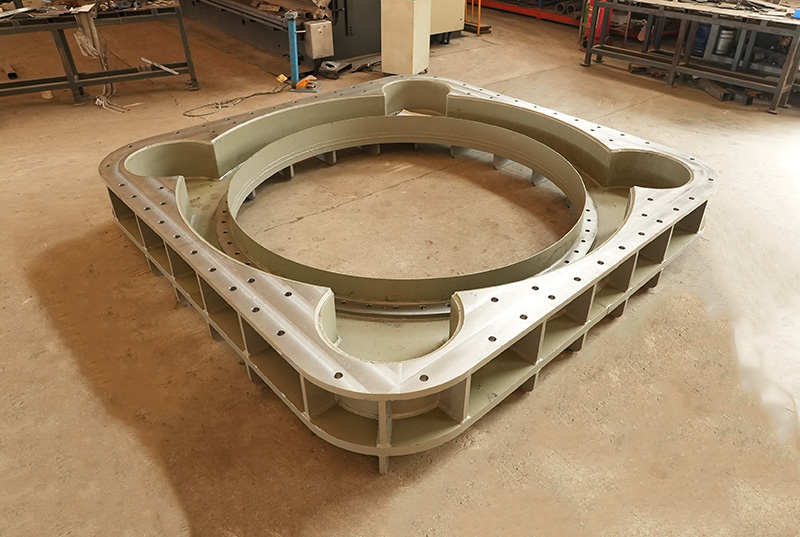Full analysis of sheet metal processing technology: from overview to in-depth exploration of application prospects
Sheet metal working technology is a comprehensive cold working process for thin metal sheets (usually under 6mm), which covers a wide range of processes from raw material preparation to finished product manufacturing, and is one of the important technologies indispensable to modern manufacturing. The following is a detailed description of sheet metal processing technology:
First, the technology overview
Sheet metal processing technology is mainly used to process sheet metal into parts or assemblies of various shapes and sizes by shearing, stamping, bending, welding and other processes. These parts are widely used in many fields such as automobile, electronics, home appliances, construction, aerospace, etc., and are an indispensable part of modern industrial production.
Second, the main processes
Shearing: Shearing is the first step of Sheet metal processing, in which metal sheets are cut according to predetermined sizes and shapes by means of equipment such as shearing machines or laser cutting machines. Shearing technology is characterized by high efficiency and precision, which can ensure the smooth progress of subsequent processes.
Stamping: Stamping is a process of plastic deformation of sheet metal using a press and a die. Through stamping, a variety of complex shaped parts can be produced, such as holes, slots, bumps and so on. With the advantages of high productivity, low cost and high precision, stamping is one of the commonly used techniques in sheet metal processing.

Bending: Bending is the process of bending sheet metal into the desired angle and shape. Bending technology requires precise bending angle and bending length control to ensure the accuracy and consistency of the parts. Modern bending machines mostly use CNC technology, can realize automated production, improve production efficiency and product quality.
Welding: Welding is the process of joining different shapes of metal sheets together through welding equipment. Welding technology includes manual welding, automatic welding and laser welding. Welding quality directly affects the strength and sealing of the product, so the welding process requires strict control of welding parameters and welding quality.
Surface treatment: In order to improve the corrosion resistance and aesthetics of sheet metal parts, surface treatment is often required. Common surface treatment methods include sandblasting, polishing, electroplating, etc. These treatments can improve the surface quality of sheet metal parts and extend their service life.
Third, technical characteristics
High efficiency: Sheet metal processing technology adopts advanced equipment and technology, which can realize high efficiency production and meet the demand of mass production.
Accuracy: Through precise process control and equipment operation, sheet metal working technology can ensure the accuracy and consistency of parts and meet the production requirements of high-precision products.

Flexibility: Sheet metal working technology can process parts of various shapes and sizes to meet the needs of different fields and products.
Environmental protection: With the improvement of environmental protection awareness, sheet metal processing technology is also developing in the direction of green and environmental protection, using more environmentally friendly materials and processes to reduce the impact on the environment.
Fourth, the application prospects
With the rapid development of the manufacturing industry and the continuous progress of technology, sheet metal processing technology in various fields of application prospects are becoming broader and broader. Especially in the automobile, electronics, home appliances and other industries, the demand for sheet metal parts is increasing, providing a broad market space for the development of sheet metal processing technology. At the same time, with the rise of intelligent manufacturing and industrial Internet, sheet metal processing technology will also usher in a more intelligent and automated production mode, providing strong support for the transformation and upgrading of the manufacturing industry.


